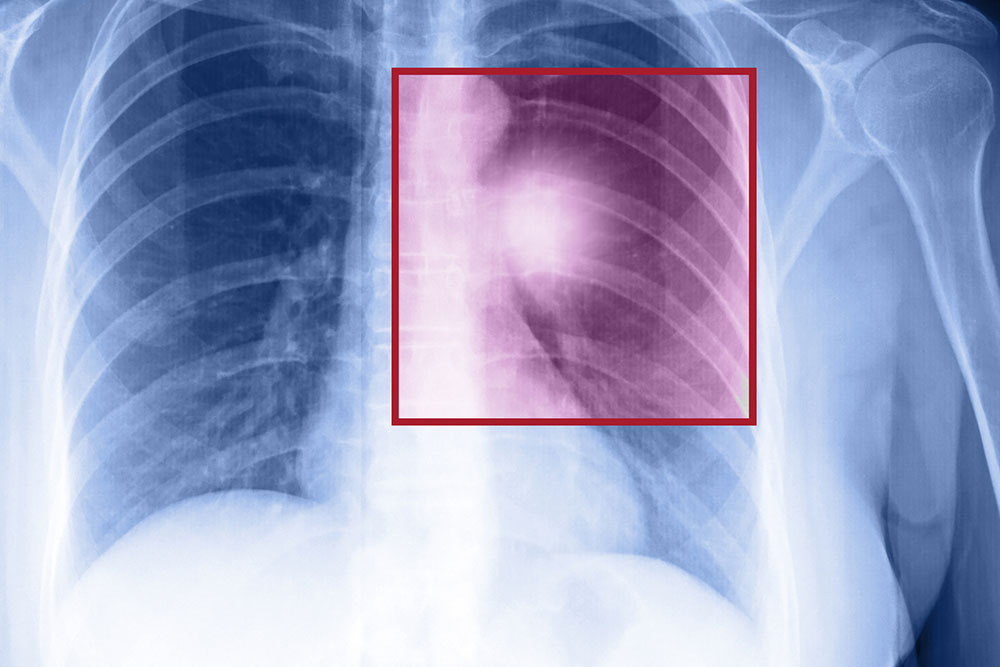
Lung Cancer and its Treatments
Lung cancer is fatal and has engulfed most parts of the world. The most common type of lung cancer is non-small cell lung cancer (NSCLC), as it takes up 85% of all cases. It usually forms on the outer part of the lungs. It usually starts in the cells that line the passages of the respiratory tract (squamous cell carcinoma). At times, lung cancer tumors have both NSCLC and SCLC cells. The leading cause of lung cancer is tobacco intoxication, but it could be due to many other reasons. The treatment for lung cancer depends on the stage at which the disease has reached.
1. Stage 1
This is the initial stage of cancer. Although the tumor is found in the lung, it has not spread to the other parts. In this case, surgery would be recommended to remove a part of the lung. This could be followed by chemotherapy, especially if there is a higher chance of recurrence.
2. Stage 2
This is a progressive stage in which the cancer is found in the lung and nearby lymph nodes. It would require surgery to remove a portion of the lung or the whole lung. After the surgery, chemotherapy is usually recommended.
3. Stage 3
This stage is divided into three parts. In the initial stage, the tumor is in the lung and lymph nodes in the middle of the chest. In stage 3A, the cancer is found in lymph nodes but only on the same side of the chest where the cancer first started growing. In stage 3B, the tumor has spread to lymph nodes on the opposite side of the chest or it could have spread to lymph nodes above the collarbone. In this stage, you will need to undergo multiple treatments. A combination of chemotherapy, surgery, and radiation treatments is ideal.
4. Stage 4
This is the last stage of lung cancer. Here, the tumor has spread to both lungs, into the area around the lungs, or to distant organs. This stage of cancer is particularly hard to cure. Some of the treatment options are chemotherapy, targeted therapy, surgery, radiation, and immunotherapy.
Small-cell lung cancer (SCLC) has two main stages. In the limited stage, cancer is found in only one lung or in the lymph nodes on the same side of the chest. There are similar lung cancer treatments for this form of tumor.
5. Which treatment is right for you?
Choosing the right treatment for you is of utmost importance. It is necessary to get proper treatment so that the cancer is contained and ultimately eliminated. As soon as you feel the symptoms, it is pertinent to speak to the doctor and get certain tests done. Based on those test results, your doctor will be able to diagnose the spread of the tumor and suggest treatment options. Each treatment has its own set of benefits and side effects that one should be made aware of before the procedure.



